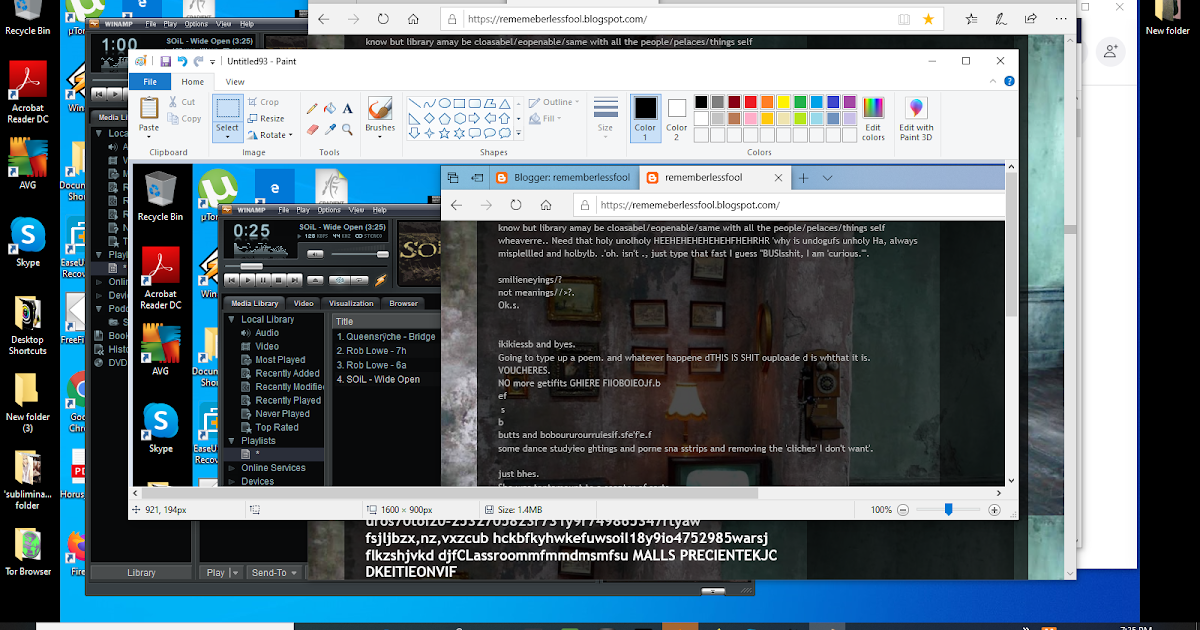Basic Go Strategy
Basically, a GTM strategy is a comprehensive action plan that details how a new product or a service would reach the end-customers. While each product has a different strategy, the end-goal of every GTM plan is the same – to achieve a competitive advantage. In the most basic sense, a typical GTM strategy boils down to two areas. Periclean strategy – The two basic principles of the 'Periclean Grand Strategy' were the rejection of appeasement (in accordance with which he urged the Athenians not to revoke the Megarian Decree) and the avoidance of overextension Persisting strategy – A strategy that seeks to destroy the means by which the enemy sustains itself. The reason why basic strategy is so important is because if you take this same example of a $100 average bet and apply it to an unskilled player, the house advantage can go as high as 2.5 percent or more, meaning that the house would expect to win $2.50 or more over time.
Vuclip's go-to-market was based on 'must-have' needs in emerging markets. I was quite impressed. Black has stake out the right side and White has laid claim to the left side. Once you have mapped out your territory, there are two basic strategies to choose from. One is to expand your own territory while reducing your opponent's territory. The other is to invade the territory your opponent has mapped out.
Basic blackjack strategy
The single most important thing that you need to understand about the game of blackjack is that it is a game of player decisions.


Unlike any other game in the casino, when playing blackjack your decisions can have an outcome on how the hand plays out and thus can contribute to the wins or losses of the players at the table. Because of this fact, there is a mathematically proven strategy that gives you the best advantage when playing, and this should be used every time you play if you want the best odds in the long run.

Basic Go Strategy 2020
This strategy is known as basic strategy and is illustrated in the blackjack strategy chart shown below:
As you can see from the diagrams in the chart, basic strategy outlines exactly how you should optimally play when considering what you have been dealt in relation to the dealer’s hand. Many new blackjack players make the mistake of going with gut feeling and being afraid to bust when they play, but using basic strategy every time is the best way to give yourself favorable odds during play.
If you are familiar with casino games, you will know that the house has the advantage in every game in the casino, which is how they turn a profit. Blackjack is no exception, however is one of the lowest house edge games in the casino, which is why it’s such a great game for players to learn and play.
The house edge in a typical blackjack game is around 0.50 percent when a player uses perfect basic strategy during play. This means that for every $100 you bet, the casino expects to win $0.50 from you over an infinite number of hands. The reason why basic strategy is so important is because if you take this same example of a $100 average bet and apply it to an unskilled player, the house advantage can go as high as 2.5 percent or more, meaning that the house would expect to win $2.50 or more over time.
Because of this, it’s easy to see why playing with basic strategy is the best choice for players each and every time.
The GO TO Strategies is an outcome of the Project EXCELL professional development delivered to the NKCS teachers and was written by the team of Dr. Linda New Levine, Ms. Laura Lukens, and Dr. Betty Ansin Smallwood.
The 78 strategies selected were modeled and discussed with the teachers during the practitioner-oriented courses. The GO TO Strategies was designed to be used as a resource by K-12 general education and content-area teachers with English language learners (ELLs) in their classrooms, ELL teachers, special education teachers, principals and other supervisors overseeing the instruction of diverse groups of students in North Kansas City Schools and for professional development of these educators.

Strategies were chosen as the focus of this project because of their usefulness in helping teachers to scaffold content and language input to children in the process of learning English as a new language. The strategies also scaffold rigorous instruction for ELLs as Missouri, and most other states, transition to the Common Core State Standards. The term instructional strategy refers to a generalized learning or teaching technique that is applicable across content areas. Effective teachers have knowledge of a wide array of instructional strategies, and they choose the most effective ones for specific teaching and learning environments. Most strategies are content neutral and can be used flexibly in a variety of teaching environments.
The 78 strategies described have been chosen to reflect the five research-based principles of scaffolded instruction for English language learners outlined below.
- Focus on academic language, literacy, and vocabulary;
- Link background knowledge and culture to learning;
- Increase comprehensible input and language output;
- Promote classroom interaction; and
- Stimulate higher order thinking and the use of learning strategies.
These five core principles are essential to academic success for English language learners, representing both research findings and best practices.
Sections of the GO TO Strategies
Strategic Teaching and Learning Guided by Five Principles of Instruction for English Language Learners
Provides definitions of and the research foundation for each of the five principles of sheltered instruction. The core of this section is five charts that list the strategies that are primarily or additionally useful, aligned with the principles. Teachers can easily use these charts to select strategies that will ensure that all five principles are implemented in their classes.
The GO TO Strategies Matrix
Consists of a chart listing exemplary strategies for each of the skills of listening, speaking, reading, and writing at five different language proficiency levels. The strategies identified for a specific proficiency level can be modified by teachers for students at other proficiency levels (either lower or higher). The chart is intended to be a quick reference guide for teachers in planning and implementing instructional modifications for English language learners in their content classes. On the back of the matrix, sample strategies are briefly defined to demonstrate how to scaffold instruction for these learners across the proficiency levels in each language domain.
Inventory of the GO TO Strategies
Includes a table of contents listing each strategy according to seven key teaching or learning purposes:

- Community Building Strategies
- Interactive Strategies
- Teaching Strategies
- Student Learning Strategies
- Vocabulary Teaching Strategies
- Reading Strategies
- Writing Strategies
Individual strategies are described in a two-column chart characterizing the teacher’s actions and the student’s actions for each strategy. These descriptions help to clarify the instructional context of the strategies. In addition, each strategy is labeled by language proficiency, teaching/learning purpose, and classroom grouping configuration.
Glossary of the GO TO Strategies
The glossary lists the strategies alphabetically. It describes each strategy, identifying its primary purpose and the ways that the strategy can be modified for different groups of students and providing examples in the form of charts and graphs to further clarify the strategies.